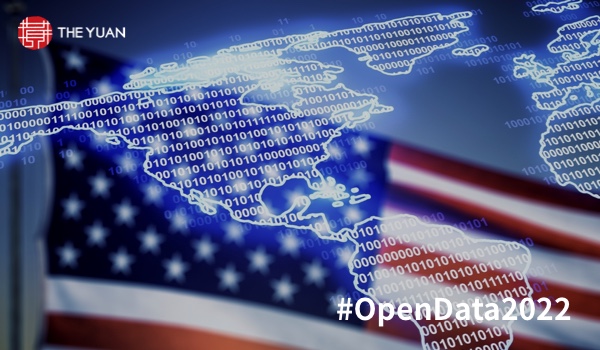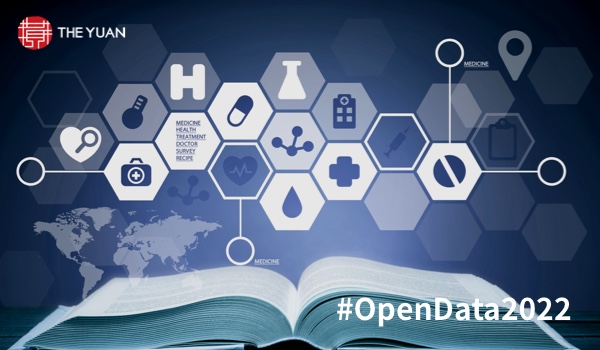


SINGAPORE - After renaming Facebook as Meta, the 1992 concept of the metaverse has emerged as a major blockchain-based idea/technology in the public eye. However, this has a number of legal, security, and privacy flaws that must be addressed. The prevailing belief is that incorporating disruptive technologies into metaverse design principles can result in both natural and actual fills in Metaverse-based digital goods for consumers, hence making the metaverse more appealing and user-friendly.
Through diagnosis and prognosis assessments, the healthcare system strives to improve people's physical, mental, and cognitive health. Healthcare professionals, lab technicians, and medical staff provide the system to patients. One of the most recent innovations in healthcare to aggregate the link with the metaverse is the employment of wearable devices to collect health data. The current healthcare system that employs the metaverse stores data on a private or central cloud, and the data exchanged with individual nodes is then utilized to make intelligent decisions. Centralized decision-making is one of the main problems that comes up in the metaverse for healthcare.
Data are collected from several hospitals and stored in a single repository. The vast majority of metaverse users today employ wearable devices, and much of the data collected is about the user's actions and surroundings. Data from wearable devices get sent to a computer, which subsequently sends them to a cloud. A variety of gadgets are coupled to the metaverse environment, and users are linked remotely. This sounds great, but providing a fast, jitter-free, low latency end-to-end connection is a significant challenge for metaverse applications.
A metaverse perspective is a digital experience that gives an alternate and/or supplemental reality to the actual world. This perspective must be immersive, virtual, interactive, decentralized, permanent, and networked. Metaverse
The content herein is subject to copyright by The Yuan. All rights reserved. The content of the services is owned or licensed to The Yuan. Such content from The Yuan may be shared and reprinted but must clearly identify The Yuan as its original source. Content from a third-party copyright holder identified in the copyright notice contained in such third party’s content appearing in The Yuan must likewise be clearly labeled as such. Continue with Linkedin
Continue with Linkedin
 Continue with Google
Continue with Google








 1570 views
1570 views









